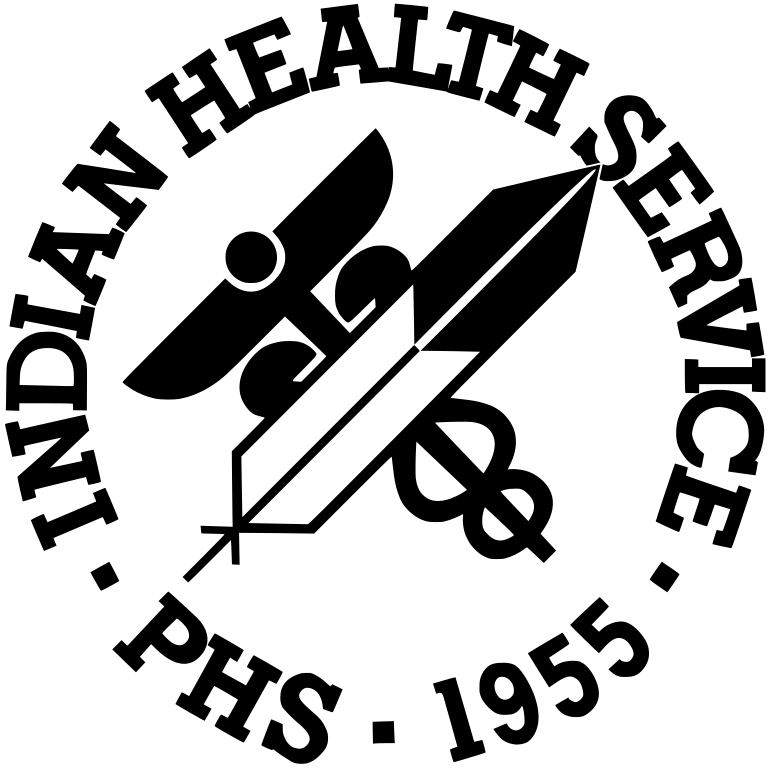Indian Health Manual
The Indian Health Manual (IHM) is the reference for IHS employees regarding IHS-specific policy and procedural instructions. The IHM consists of the following:
Parts and Chapters - permanent policies, procedures, and operating standards specific and unique to IHS administrative and program operations are maintained in the nine Parts of the IHM.
IHS Circulars - the IHS Circular format is used to issue temporary IHS operating policy and establish workgroup charters.
Special General Memorandums (SGM) - SGM are used to interpret or reiterate existing IHS policy that requires special attention by IHS employees. The SGM format may also be used to announce new IHS policy that must be implemented immediately.
IHS General Administration Manual (GAM) - the IHS GAM Chapters cover administrative subject-matter areas not covered by the IHS Parts and Chapters, IHS Circulars, and SGMs. Plans are underway to eliminate the IHS GAM Chapters by incorporating its subject matter into an appropriate IHM Part or rescission of the GAM Chapter if the subject matter is outdated and no longer required.
IHS Delegations of Authority (DOA) - the IHS DOAs are vital to the operation of the IHS and allow the Director, IHS, to delegate to IHS officials the authority necessary to carry out the activities of the Agency. The DOAs are indexed as:
- Administrative/Financial/Contracting
- Commissioned Corps
- Personnel
- Program
Transmittal Notices (TNs) - A TN is a single-page document that covers each approved IHM chapter and subsequent revisions to IHM chapters. The TN includes background information on the new or revised chapter, the Director's signature, information on materials that are superseded by the issuance, and filing and disposition instructions. It is also used to cover approved IHS Delegations of Authority.
Organizational Charts - The organizational chart indicates each organizational component denoted in boxes according to standard nomenclature and reporting relationships. The Organizational Charts are posted to this site for reference and information purposes, IHS Headquarters Organizational Charts.
Functional Statements - The term 'Functional Statement' denotes a formal description of the mission assigned to an organizational component and the activities conducted within the component to accomplish that mission.
Only the Director, IHS, or his/her designee, may approve and authorize the release of IHM Chapters, IHS Circulars, SGMs, IHS GAM Chapters, and DOAs. Within the Office of Management Services, the Director, Division of Management Policy and Internal Control is designated as the Agency Directives and Delegations Control Officer, responsible for providing advisory services and assistance to IHS managers for the development, clearance, and distribution of IHS policy directives.
IHS policy directives are generally developed under the direction of an IHS Headquarters functional area manager, with input from managers and functional area counterparts from the Area Offices and Service Units.
Part 1 Chapter 1 of the IHM covers the administration and maintenance of the IHS Manual system in more detail.


